Stroke Research
Low-level laser therapy applied transcranially to rats after induction of stroke significantly reduces long-term neurological deficits.-https://pubmed.ncbi.nlm.nih.gov/16946145/ “In both models of stroke, LLLT significantly reduced neurological deficits when applied 24 hours poststroke.”
Transcranial near-infrared light therapy improves motor function following embolic strokes in rabbits: an extended therapeutic window study using continuous and pulse frequency delivery modes-https://www.ncbi.nlm.nih.gov/pmc/articles/PMC2796659/
Transcranial infrared laser stimulation produces beneficial cognitive and emotional effects in humans-https://pubmed.ncbi.nlm.nih.gov/23200785/ ” “The Positive and Negative Affect Schedule (PANAS-X), which tracks self-reported positive and negative affective (emotional) states over time, was administered immediately before treatment and 2 weeks after treatment. The PANAS showed that while participants generally reported more positive affective states than negative, overall affect improved significantly in the treated group due to more sustained positive emotional states as compared to the placebo control group. These data imply that transcranial laser stimulation could be used as a non-invasive and efficacious approach to increase brain functions such as those related to cognitive and emotional dimensions. Transcranial infrared laser stimulation has also been proven to be safe and successful at improving neurological outcome in humans in controlled clinical trials of stroke.”
Infrared laser therapy for ischemic stroke: a new treatment strategy: results of the NeuroThera Effectiveness and Safety Trial-1 (NEST-1)-https://pubmed.ncbi.nlm.nih.gov/17463313/ “The NEST-1 study indicates that infrared laser therapy has shown initial safety and effectiveness for the treatment of ischemic stroke in humans when initiated within 24 hours of stroke onset. A larger confirmatory trial to demonstrate safety and effectiveness is warranted.”
Photobiomodulation therapy promotes neurogenesis by improving post-stroke local microenvironment and stimulating neuroprogenitor cells-https://pubmed.ncbi.nlm.nih.gov/29056360/ “Our novel findings indicated that PBM is capable of promoting neurogenesis after ischemic stroke.”
Transcranial laser therapy for acute ischemic stroke: a pooled analysis of NEST-1 and NEST-2.-https://www.ncbi.nlm.nih.gov/pmc/articles/PMC3345315/ “This pooled analysis support the likelihood that transcranial laser therapy is effective for the treatment of acute ischemic stroke when initiated within 24 h of stroke onset. If ultimately confirmed, transcranial laser therapy will change management for ischemic stroke and improve outcomes of far more patients with acute ischemic stroke.”
The effects of transcranial laser photobiomodulation and neuromuscular electrical stimulation in the treatment of post-stroke dysfunctions-https://pubmed.ncbi.nlm.nih.gov/36520347/ “Our clinical trial showed improvement of cognitive function, pain relief, greater manual dexterity, enhancement of physical and social-emotional health which lead to better quality of life and well-being. There was also increased temperature in the treated regions with laser and NMES.”
